Armed VTOL Drones For The Polish Navy?
The Armament Inspectorate made an announcement, claiming that a “technological dialogue” procedure has been initiated, concerning the potential procurement of tactical VTOL UAV systems. The technical requirements suggest that it is the Polish Navy, that is going to be the main user of the new platforms. The systems to be procured, also known under the name of “Albatros”, are expected to be capable of carrying armament, and to operate at night and during the day, and in adverse weather conditions.
The dialogue procedure announced on 25th July 2016 is expected to be finalized by the end of September this year, while the participation requests would be accepted until 31st August 2016. The goal of the negotiations is to receive the knowledge and advice required, pertaining to preparation of the technical specification for the “Tactical Class Short Range VTOL UAV” [BSP Pionowego Startu Klasy Taktycznej Krótkiego Zasięgu] project.
The Armament Inspectorate, within the framework of the procedure mentioned above, is willing to obtain answers to the questions concerning both the technical conditions, as well as the potential implementation options available within the scope of the project, which could be finalized with involvement on the part of the domestic industry. According to the information disclosed during the meeting of the Parliamentary National Defence Commission by the Head of the Armament Inspectorate, General Duda, the “Albatros” programme’s time-line assumes that relevant equipment would be acquired in the period between 2019 and 2020.
According to the entries defining the dialogue procedure, the tactical UAV shall have a maximum take off weight equal to 200 kilograms, it should also be capable of carrying out long distance sorties and reaching high altitudes. Moreover, it is required that the UAV is able to operate both from the land bases, as well as from the Polish Navy Vessels, at night and during the day. It is also said that the new UAVs are expected to be adapted for being transported in standard containers, both via the sea routes, as well as by the C-295M or C-130E Hercules transport aircraft.
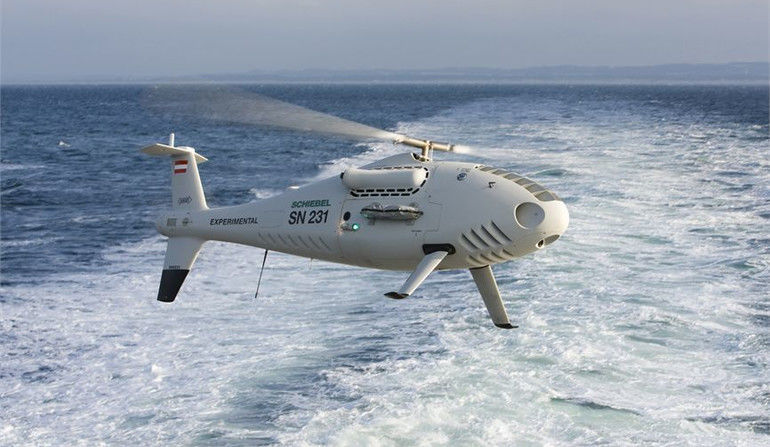
When it comes to controlling the UAV, the process is to be carried out from a container-based command and control station, operable independently or as a quick arrangement onboard a relevant vessel. It is required that the UAV is controlled from the ship, and that data transmission options are available, with an optional arrangement in which the data is being relayed to other units, with the use of the standard communication systems utilized by the Polish Navy.
The UAV itself should be capable of both autonomous, as well as manually, remotely controlled flights, it should also be in possession of a capacity of landing on vessels within as wide spectrum of weather conditions as possible (with regards to the wind, waves and the precipitation). The navigation and positioning suite should enable the UAV to automatically return to the vessel, should the communication link be lost. The system embedded within the platform is also to make it possible to find a lost UAV. Ability to avoid collisions with obstacles, and amphibious capacity, should a water landing be the case, have also been defined as some of the highly desirable features. It is also required that the UAV uses the Standard 5 IFF suite, along with a transponder package making it possible to operate the helicopter in the civil airspace.
Bonus points within the procedure can be gained if the platform exhibits features of a modular design, is equipped with an option of flying low, close to the water surface, and is characterized by a low noise signature (flies silently). More extra points may also be received, should the platform be designed with the application of the stealth technology, diminishing its radar signature.
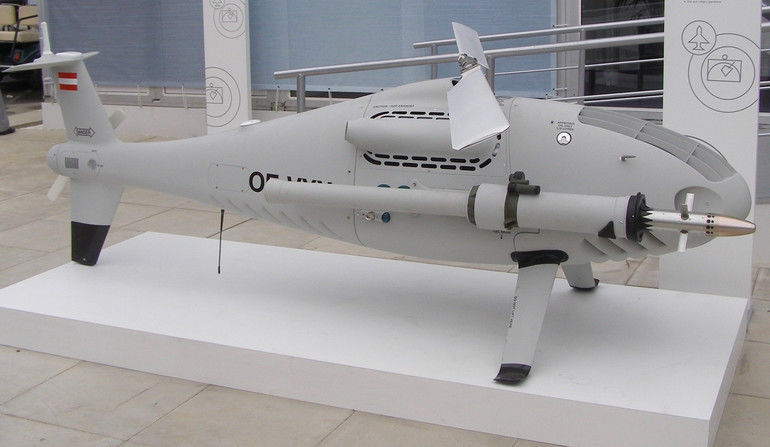
When it comes to the operational capabilities, the “Albatros” UAV shall be fitted with a SAR radar which would make it possible to detect and track land- and sea-based objects. The radar should be complemented with a daytime/nighttime optronic system and a laser target designator. Moreover, according to the specification publicized, the new VTOL UAV should be able to carry the armament, nonetheless no further specification as to the type of the armament and its purpose (whether it is to be used against naval or land targets) has been defined.

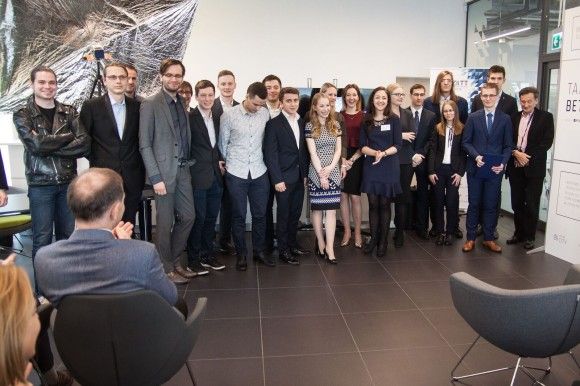
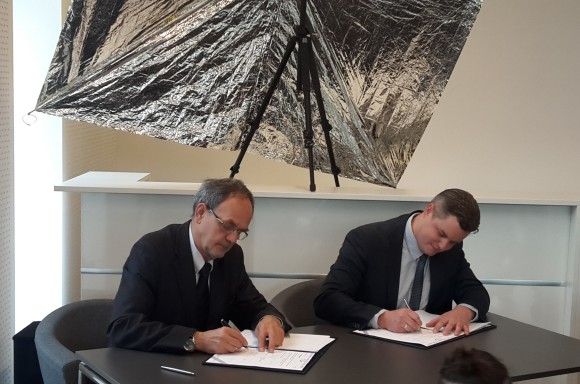
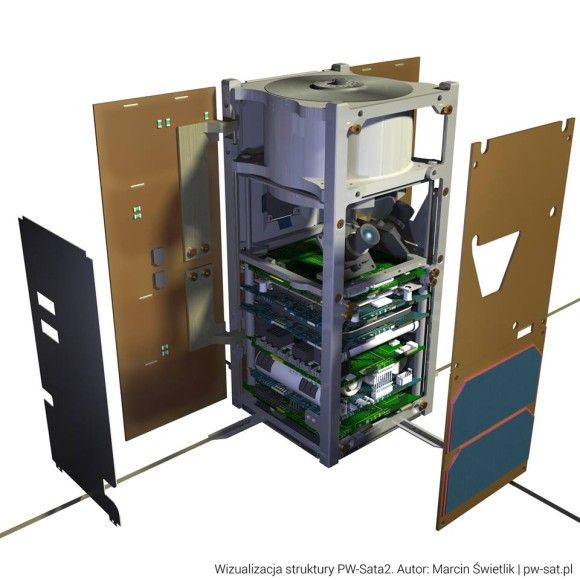
WIDEO: Defence24 Days 2025: Premier Defence & Security Conference in CEE